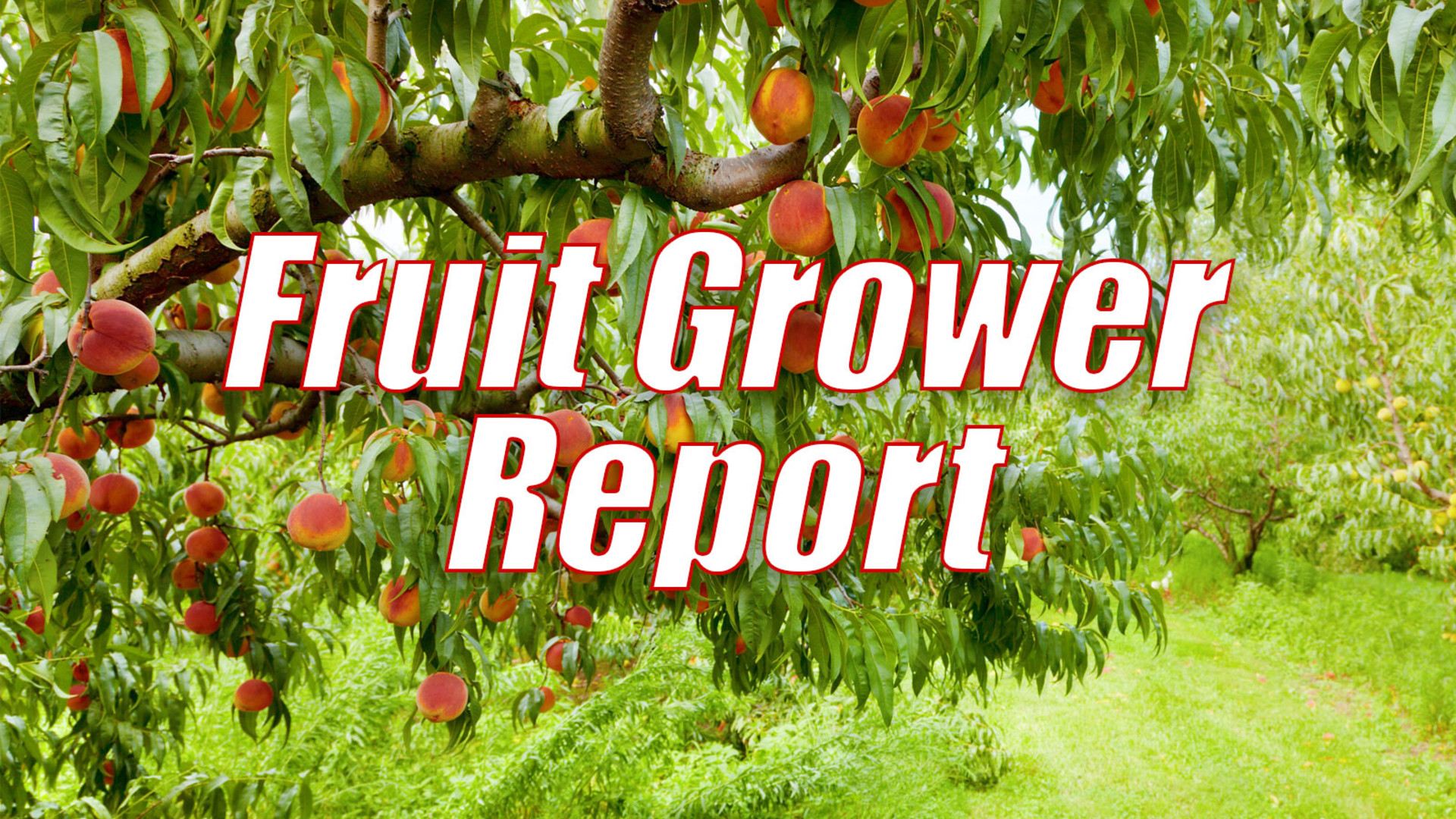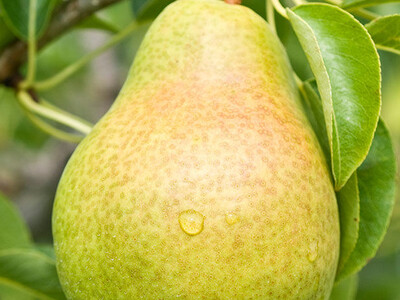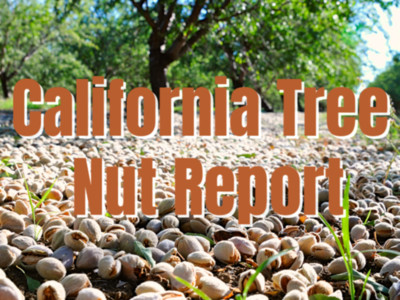Less Is More
Less is More. I’m Greg Martin with today’s Fruit Grower Report.
You’ve heard the old saying that “less is more.” Well it appears to be true when it comes to fumigating raspberries. Washington State University small fruits horticulturalist Thomas Walters has been experimenting with a different way of fumigating raspberries and has been getting some very positive results. Lacy Gray has more:
GRAY: Raspberry growers typically use broadcast fumigation to deal with root lesion nematodes and root rot, but increasing Environmental Protection Agency buffer zone restrictions inspired Walters to research alternative methods. To more selectively apply fumigant, Walters borrowed a concept from California strawberry growers, and adapted a bed fumigation apparatus. This multi-stage tractor-drawn tool uses a shank to cut the soil. Fumigant is injected into the soil through a hose behind the shank. The apparatus then shapes the three-foot wide bed and pulls a fumigant-resistant plastic tarp over it. Raspberry rows are spaced 10 feet apart, with no fumigation in the alleyways. When compared to broadcast fumigation, the raspberries grown with bed fumigation are doing at least as well, if not much better. Soil tests from some sites show 10 times more nematodes in broadcast-fumigated plots than bed-fumigated plots.
Thanks Lacy. This allows fumigation within 25 feet making it perfect for fields close to homes. Walters has been seeing increased size in the plants but with all things there is a trade off. The cost of the plastic tarp is offsetting the savings on fungicide making it a financial wash at the moment.
That’s today’s Fruit Grower Report. I’m Greg Martin on the Ag Information Network.

















